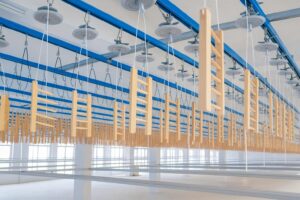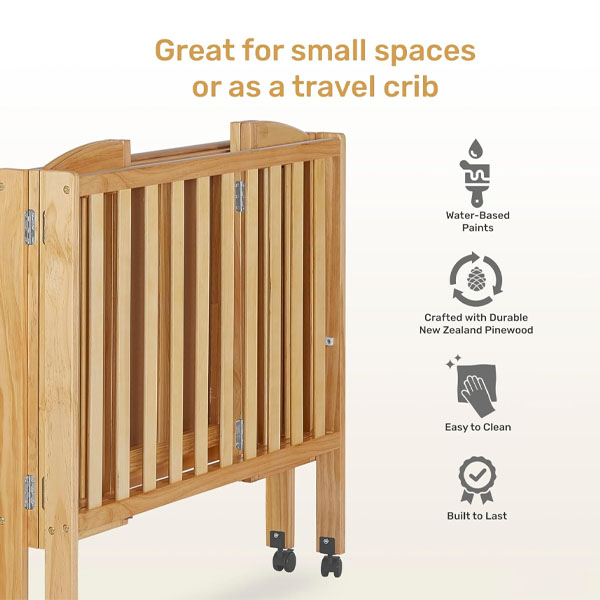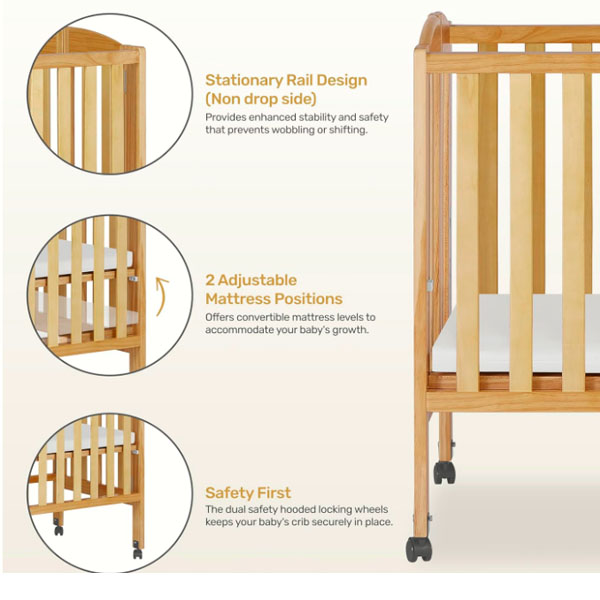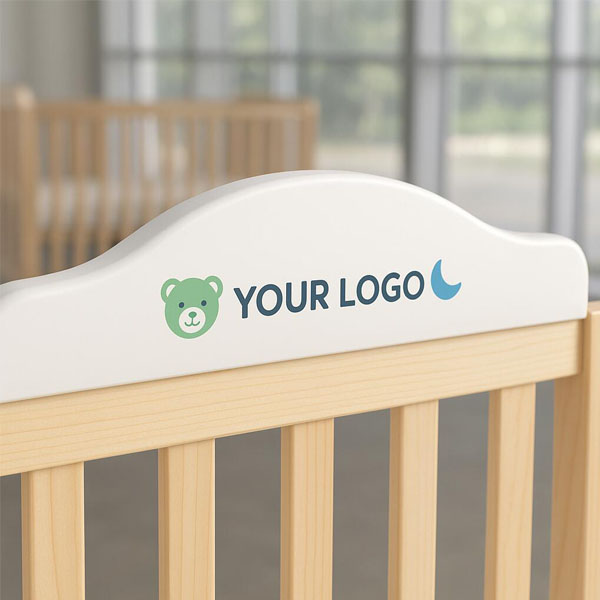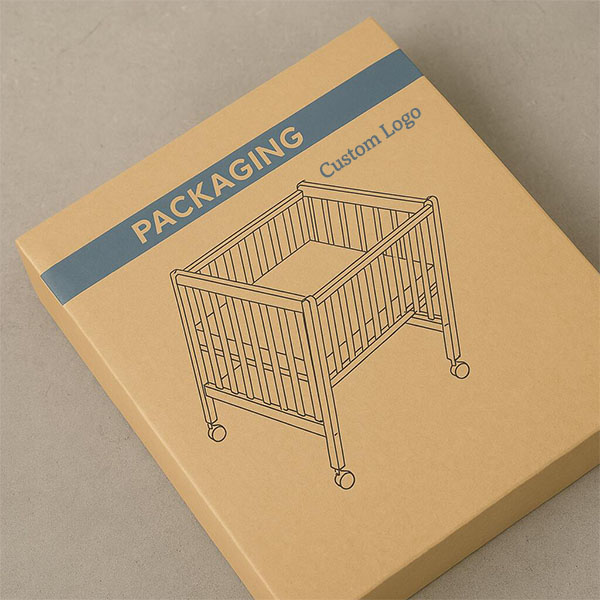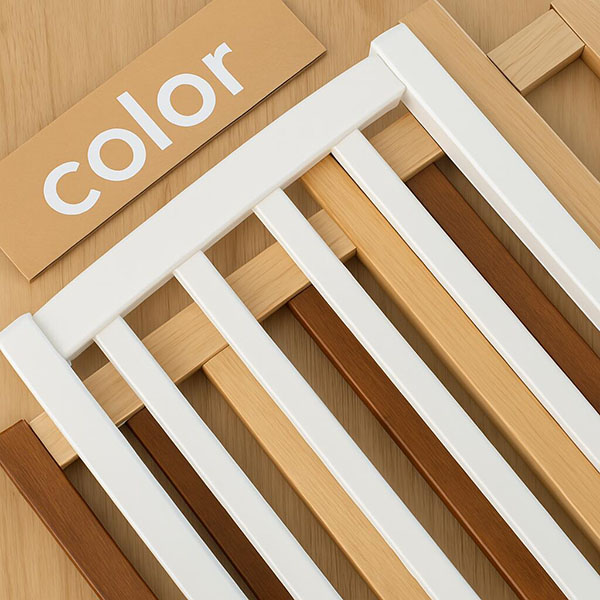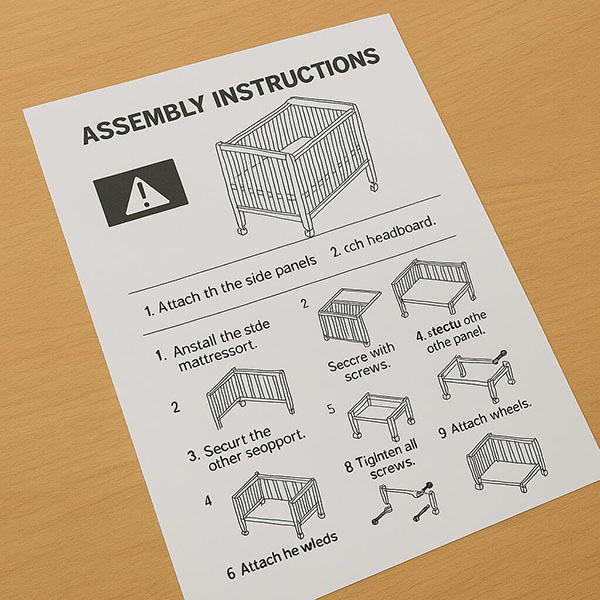Are wooden or plastic toys better for babies, and why?
Toy shopping can feel overwhelming. With shelves full of colorful plastic and minimalist wood, many parents ask: which type is truly better for baby’s health and development?
Wooden toys are generally better for babies because they are non-toxic, durable, and encourage open-ended play. Plastic toys may offer more variety, but often contain harmful chemicals.
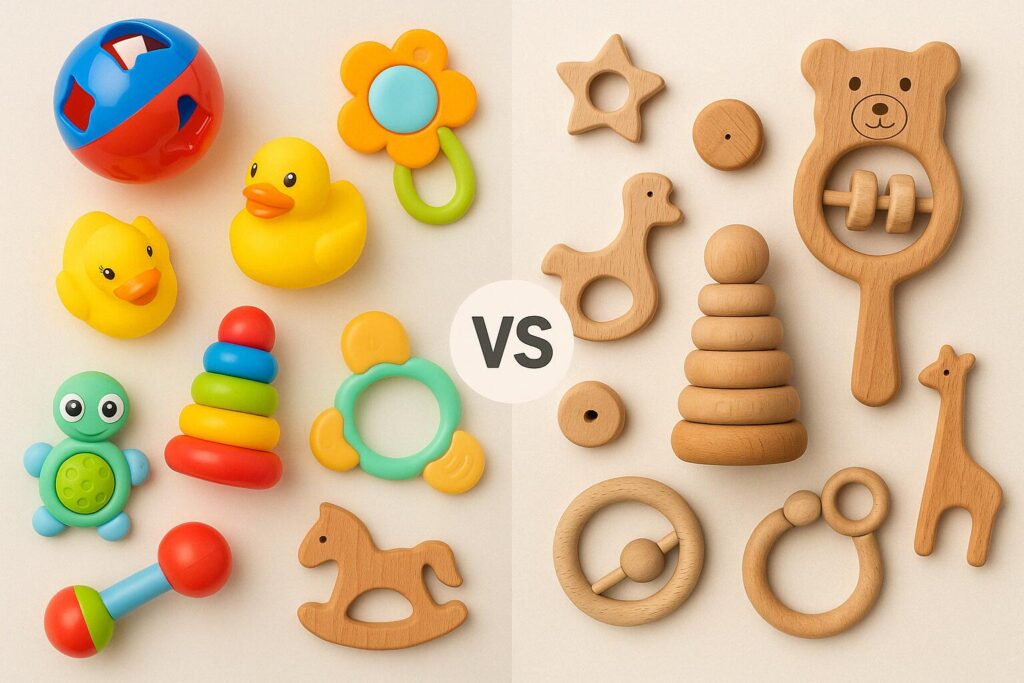
Each toy material has pros and cons—but when it comes to baby safety and long-term benefits, wood often wins. Here’s why I now reach for wood first.
What makes wooden toys better for babies?
Not all toys are created equal—even if they’re shaped like the same animal.
Wooden toys are safer, less toxic, and help babies focus better. They support sensory learning and motor skills without overstimulation.
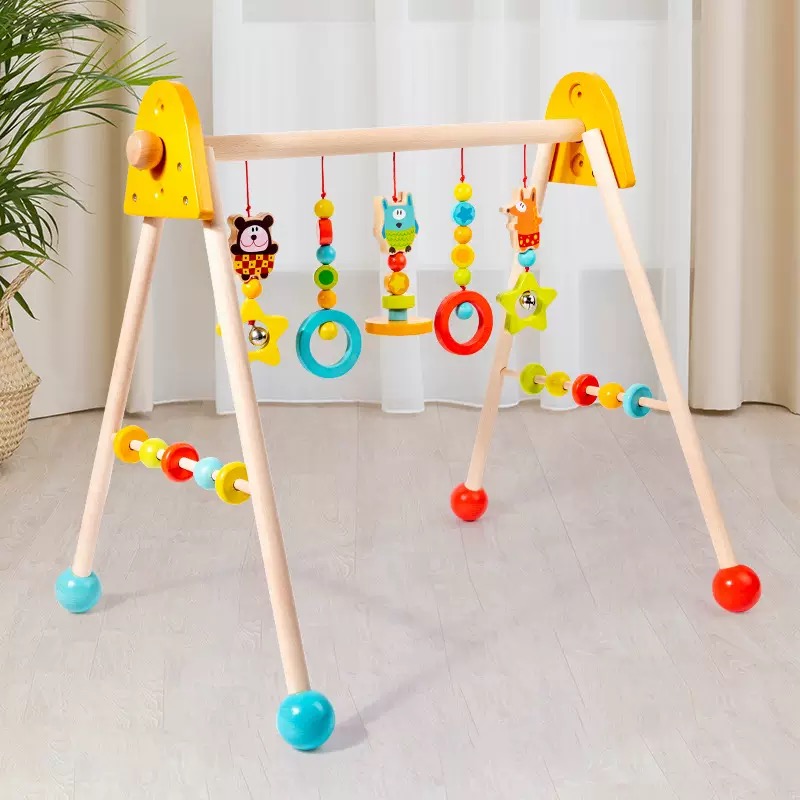
Safer and non-toxic materials
Most wooden toys are made from solid wood and painted with water-based, non-toxic finishes. This matters because babies chew everything. Unlike plastic, wood doesn’t contain phthalates, BPA, or PVC—common chemicals that can leach over time, especially when mouthed.
I remember my baby gnawing on a wooden teether shaped like a fox. I didn’t have to worry about any weird smells or soft plastic flaking off. That peace of mind is priceless.
Many quality wooden toys also come from eco-conscious brands that meet rigorous European or U.S. safety standards. Always check for certifications like ASTM, CE, or EN71.
| Material | Toxin Risk | Durability | Safe for Teething? |
|---|---|---|---|
| Wood | Very low | High | Yes |
| Plastic | Can be high | Medium | Sometimes |
Promotes focus and open-ended play
Wooden toys are usually simpler in design—think blocks, rings, or stacking towers. But this simplicity is a strength. It means the baby uses imagination more. No flashing lights or repetitive songs to distract them.
My son used a simple wooden car to build “roads” out of couch cushions. That wouldn’t have happened with a battery-operated toy that just rolls on its own.
The textures and weight of wood also stimulate a baby’s senses in a more grounded way. That natural feel helps build early fine motor skills.
What are the downsides of plastic toys?
Plastic toys are everywhere—but that doesn’t mean they’re harmless.
Plastic toys can contain harmful chemicals and often overstimulate babies with lights and sounds. They also break more easily and create more waste.
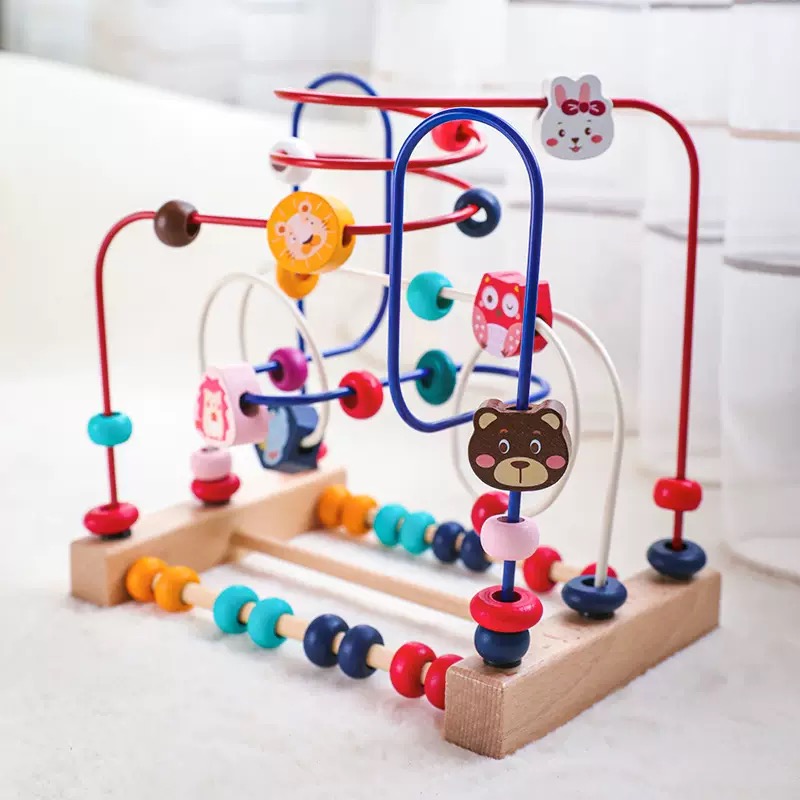
Chemical exposure risks
Many plastic toys, especially cheaper or older ones, may contain BPA, phthalates, or even lead in paint. Even if a toy says “BPA-free,” it might use other chemicals that haven’t been well-tested.
Soft plastics are the biggest concern. Babies love chewing those flexible corners or squishy figures—but those are the most likely to leach harmful compounds.
I used to keep a few plastic toys in the car for entertainment. After a hot summer day, I noticed a strange smell coming from one toy. That was enough for me to toss it and rethink what I let my baby mouth.
Overstimulation and short lifespan
Many plastic toys light up, play music, or speak multiple languages. That sounds educational—but often it just leads to overstimulation. Babies learn best through repetition and interaction, not from blinking lights.
Plus, most plastic toys don’t last. Buttons wear out, parts snap, or they just stop working. I’ve gone through three electronic toys that all ended up in the trash within months.
Is there a time when plastic toys are better?
Not all plastic toys are bad—some serve a clear purpose.
Yes, plastic toys can be better when waterproof, lightweight, or interactive features are needed. Just choose safe, BPA-free ones made by trusted brands.
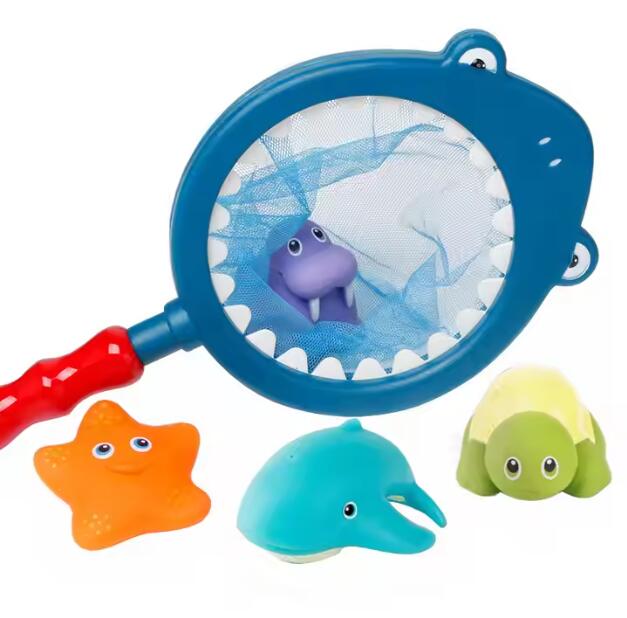
Bath toys or lightweight options
Wood doesn’t do well in water, so bath time is where plastic has an edge. Rubber duckies, water cups, and squirters are great—but be careful to choose toys that can be fully drained and dried. Mold builds up fast in sealed plastic.
Plastic is also lighter, so some babies can grasp or throw it more easily. For example, we had a plastic rattle my son loved during tummy time. It made soft sounds and was easy to grip.
Choose wisely if using plastic
If you do go for plastic, stick with high-quality brands like Green Toys or HEVEA. Look for:
- BPA-free and phthalate-free labels
- Dishwasher-safe for easier cleaning
- Simple, slow-paced designs (not chaotic sound machines)
Also, rotate them in and out. Too many toys at once—especially noisy ones—can actually reduce a baby’s attention span.
How do wooden toys support development better?
Wooden toys look simple—but they build real skills.
They help babies grow motor skills, problem-solving, and creativity. Their simplicity leads to deeper engagement and longer play.
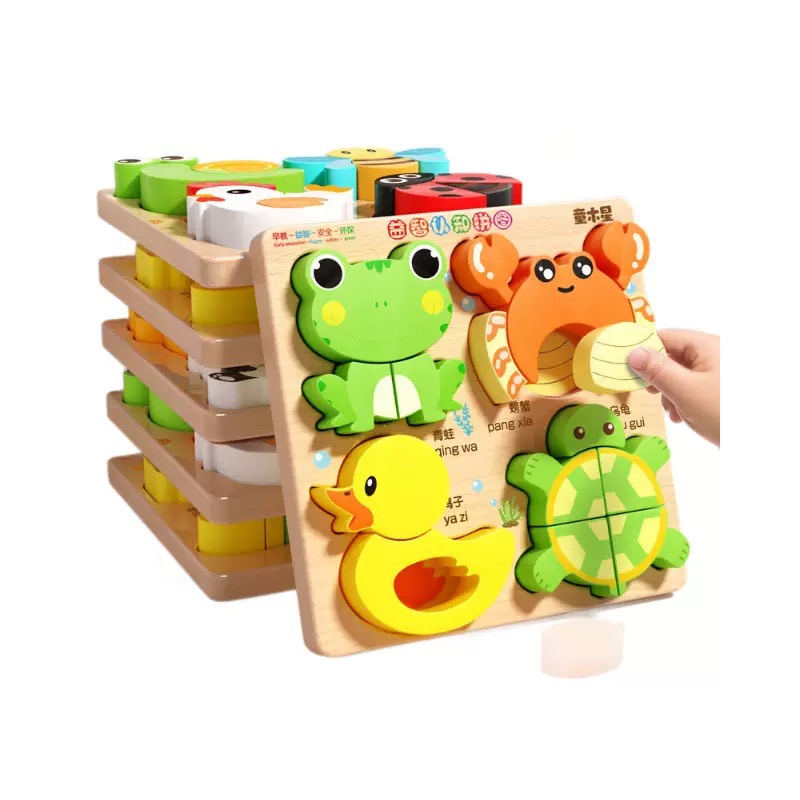
Motor skills and sensory learning
Stacking, pushing, grasping, and balancing are all core to baby development. Wooden toys—like stacking rings or shape sorters—offer the perfect mix of resistance and texture.
My baby spent hours figuring out how to fit a wooden triangle into a sorter. That repeated trial-and-error taught him patience, coordination, and problem-solving.
Because wood is heavier than plastic, it also builds strength. And the natural grain gives their little hands something interesting to feel.
Encourages deeper attention spans
Unlike flashy toys that change every second, wooden toys reward focused, calm play. That helps babies practice staying engaged—a rare skill today!
I’ve seen my son get bored of a plastic piano in 5 minutes but spend 30 minutes rolling wooden balls down a track, trying to make them go faster.
That kind of play matters long-term. It builds curiosity and attention—not just reaction.
Conclusion
Wooden toys are better for babies because they’re safer, more durable, and help real development—not just quick entertainment.

